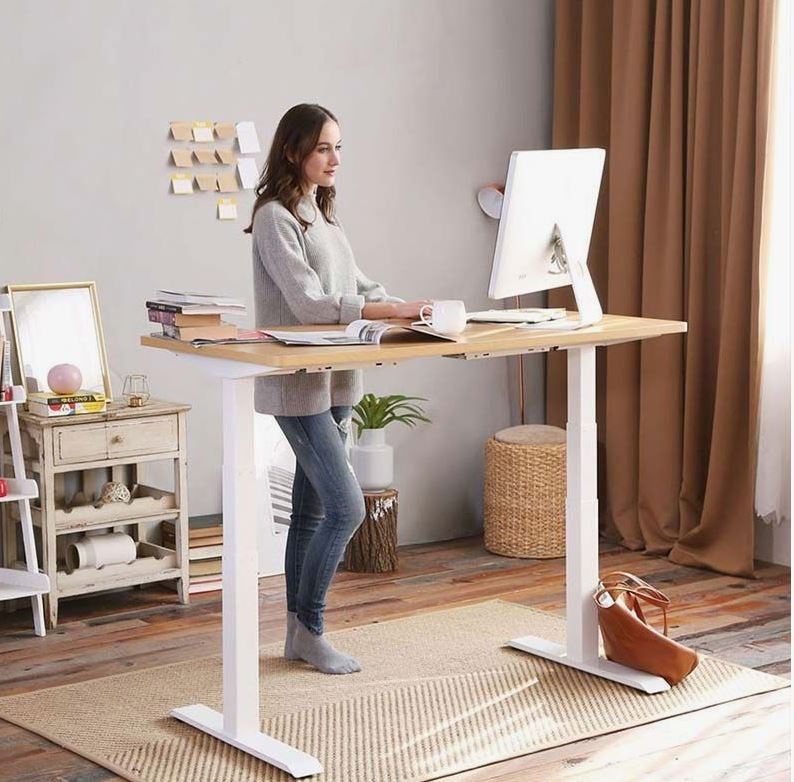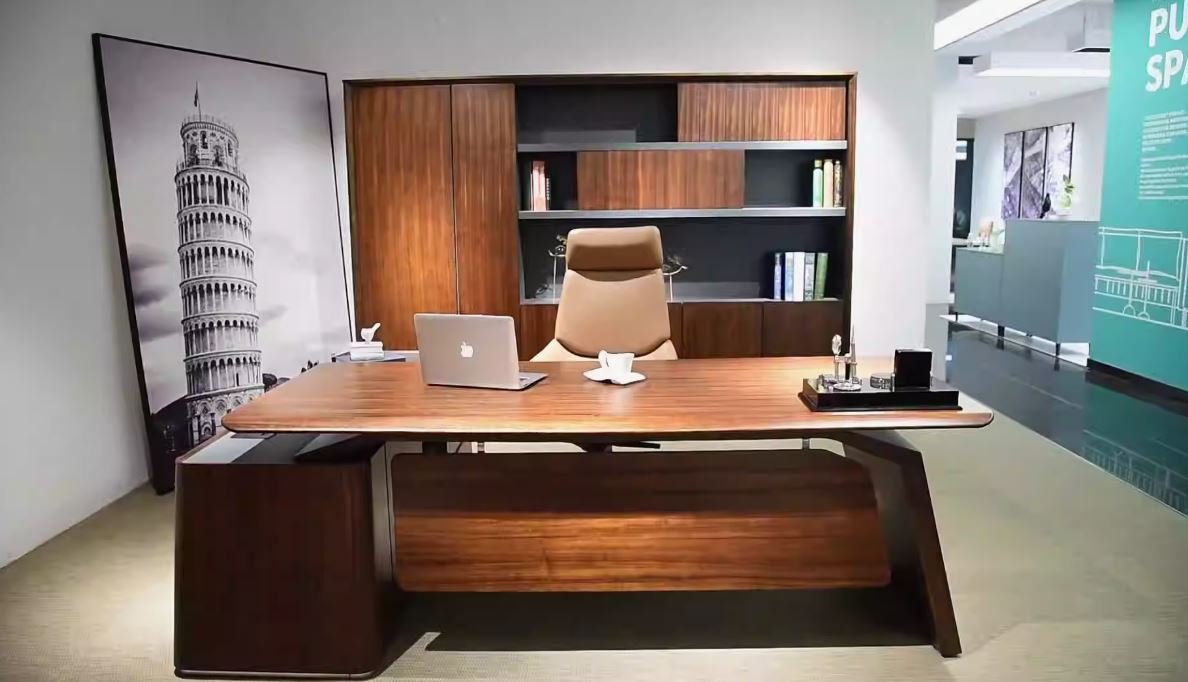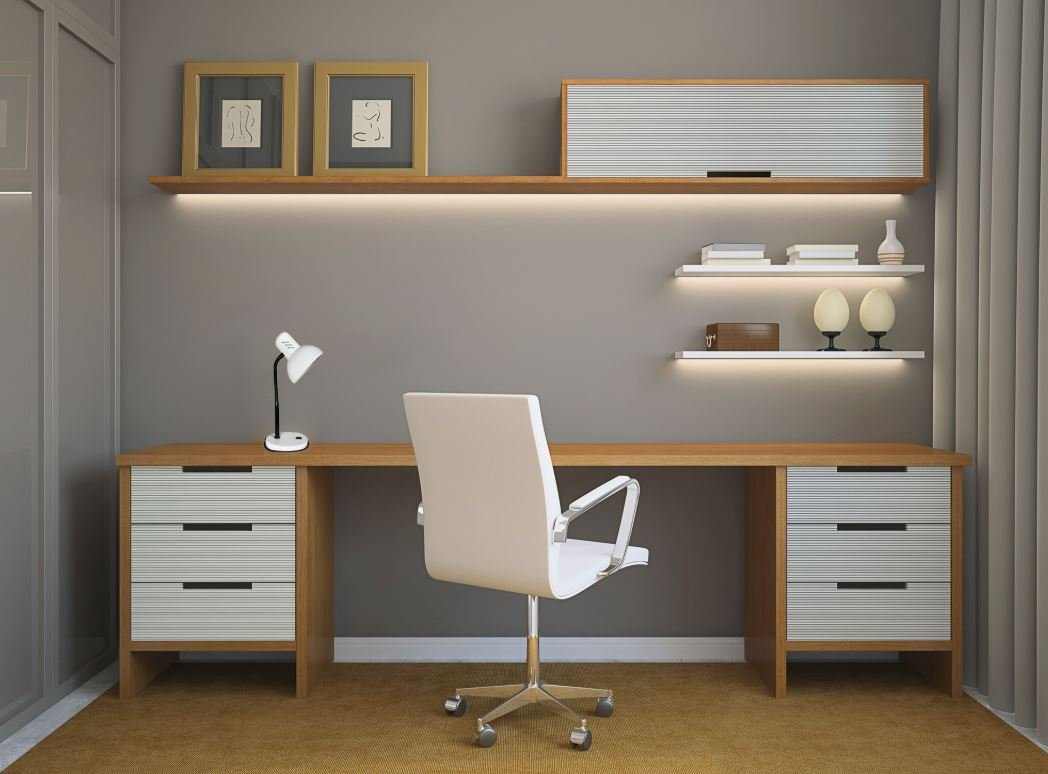
A Free Standing Table is a staple in both residential and commercial spaces due to its flexibility, functionality, and aesthetic appeal. Unlike built-in or fixed tables, a free standing table offers the convenience of easy relocation, making it a perfect choice for homes, offices, cafes, and event venues. Whether you need a dining table, a workstation, or a display piece, these tables come in various sizes, materials, and styles to suit different needs. The ability to move them freely allows for better space management, especially in compact areas where rearrangement is necessary.
One of the primary benefits of choosing a free standing table is its adaptability to different settings. For instance, in a home setting, it can serve as a centerpiece for family gatherings, a workspace for remote jobs, or even a craft table for creative projects. In commercial spaces, businesses use free standing tables for meeting rooms, conference areas, and collaborative work environments. Additionally, restaurants and cafes prefer these tables due to their easy reconfiguration options based on customer flow and seating arrangements. With so many versatile applications, it’s no surprise that free standing tables have become a preferred furniture choice across industries.
Factors to Consider When Buying a Free Standing Table
When selecting a free standing table, various factors must be considered to ensure you make the right purchase. The first and foremost aspect is the size and shape of the table. Depending on the available space and intended use, you can opt for rectangular, round, oval, or square designs. Rectangular tables are ideal for large gatherings, while round tables create a more intimate setting, perfect for small spaces or cozy dining areas. Measuring your available space beforehand ensures that the table fits comfortably without making the area feel cramped.
Another crucial consideration is the material and durability of the table. Free standing tables are made from various materials, including wood, metal, glass, and plastic. Wooden tables, especially those made from solid oak, walnut, or mahogany, provide a classic and timeless look while ensuring durability. Metal and glass tables offer a modern and sleek aesthetic, ideal for contemporary settings. If you need a lightweight and budget-friendly option, plastic or laminate tables are a practical choice. Additionally, the table’s weight is an essential factor; if you plan to move it frequently, a lightweight yet sturdy option is advisable.
The design and aesthetics of a free standing table should also align with your interior decor. A well-chosen table enhances the overall ambiance of a room and complements existing furniture. Whether you prefer a rustic farmhouse style, a minimalist modern look, or an industrial design, there are plenty of options available. Additionally, paying attention to details such as table legs, finishes, and edge profiles can significantly impact the overall appeal of the table. Choosing a table that blends seamlessly with your space ensures a harmonious and cohesive interior design.
Benefits of Using a Free Standing Table in Different Spaces
One of the greatest advantages of a free standing table is its ability to transform different spaces effortlessly. In home interiors, these tables provide functionality and elegance, whether placed in a dining room, kitchen, study room, or living area. For households with limited space, extendable or foldable free standing tables offer a smart solution. When not in use, they can be tucked away, making them an excellent space-saving option. Additionally, homeowners who enjoy frequent decor changes find free standing tables convenient as they can be easily repositioned to create a fresh look.
In office environments, free standing tables play a significant role in enhancing productivity and collaboration. Many modern workspaces incorporate communal tables where employees can brainstorm and work together efficiently. Height-adjustable free standing tables have also gained popularity in ergonomic office setups, allowing users to switch between sitting and standing positions for improved posture and reduced fatigue. Whether for executive boardrooms, shared workspaces, or personal desks, these tables help create a dynamic and efficient work setting.
For outdoor spaces, a free standing table provides a perfect setup for gardens, patios, and balconies. Weather-resistant materials like teak, aluminum, and resin wicker ensure durability against outdoor elements. Whether used for barbecues, coffee breaks, or family gatherings, these tables enhance the outdoor experience by providing a comfortable and stylish space for dining or relaxation. Some designs even include foldable or stackable features, making them easy to store when not in use.
Maintenance and Care Tips for Free Standing Tables
Proper maintenance of a free standing table ensures its longevity and aesthetic appeal over time. The care routine largely depends on the material of the table. For wooden tables, regular dusting and occasional polishing help retain their natural beauty and prevent damage. Avoid placing hot items directly on the surface to prevent heat stains, and use coasters and placemats to protect against scratches and spills. If the table is exposed to direct sunlight, consider using protective finishes to prevent fading or discoloration.
Glass tables require regular cleaning with a microfiber cloth and glass cleaner to remove fingerprints and smudges. Using coasters helps minimize water ring marks, while placing anti-slip pads under the table legs prevents accidental movement or scratches on floors. Metal tables are relatively low-maintenance but should be wiped with a damp cloth to prevent dust buildup. For outdoor metal tables, rust-resistant coatings are essential to withstand weather conditions. If rust appears, it can be removed using mild abrasives or rust-resistant sprays.
Plastic and laminate tables are the easiest to maintain as they can be wiped clean with mild soap and water. However, avoiding abrasive cleaning tools prevents surface scratches. Storing free standing tables indoors during extreme weather conditions or using protective covers enhances their durability, especially for outdoor furniture. By following these simple maintenance tips, you can ensure that your free standing table remains in excellent condition for years to come.
Conclusion: Why a Free Standing Table is a Smart Investment
A free standing table is more than just a piece of furniture; it is a versatile, functional, and stylish addition to any space. Whether for homes, offices, or outdoor settings, its ability to adapt to different needs makes it a valuable investment. With various designs, materials, and sizes available, finding the perfect table that suits your style and requirements is easier than ever. By considering factors such as size, material, and maintenance needs, you can select a durable and aesthetically pleasing table that enhances your space effortlessly.
In today’s dynamic living and working environments, the flexibility of a free standing table is a major advantage. Whether you need a statement piece for your dining area, a practical workspace, or a stylish outdoor table, the right choice can significantly improve your lifestyle and interior decor. Investing in a high-quality free standing table ensures long-term functionality and visual appeal, making it a worthwhile addition to any space.



